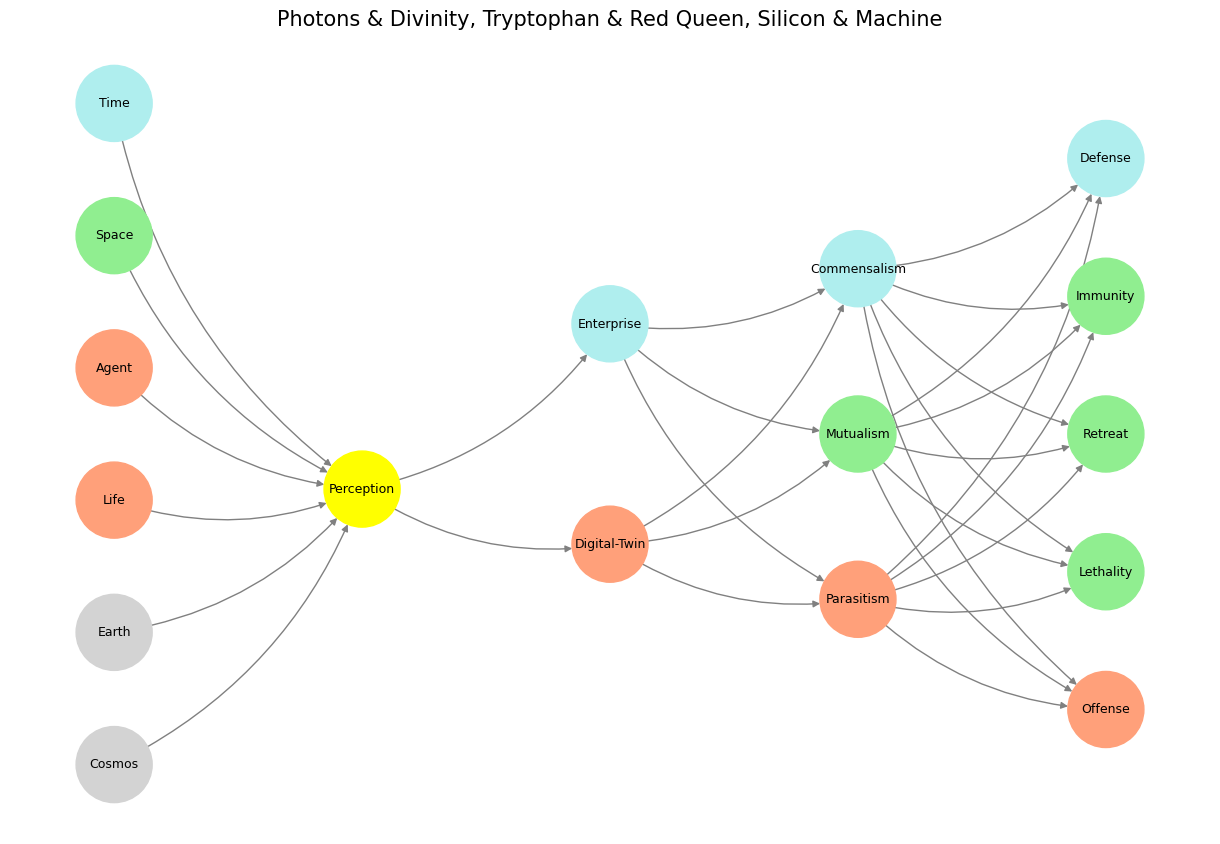System#
Chess through the Lens of Kuda Wuda Shuda
In the intricate dance of possibilities laid out by the framework of Kuda, Wuda, and Shuda, chess emerges as a fascinating outlier, defying neat categorization within these layers. Unlike games of chance like roulette (Kuda), strategic improvisations like poker (Wuda), or the ambiguous, generative regret of horse racing outcomes (Shuda), chess operates within a deterministic, perfect-information framework. The entire game, from opening move to checkmate, is a negotiation of potentiality and inevitability—an interplay of decisions that simultaneously embrace and curtail the agency of the players. This makes chess the most human of games, a dialogue between free will and constraints that neatly corresponds to the layers of the neural network model.
Chess and Kuda: What Could Be#
The “Kuda” layer represents the realm of fixed odds, the probabilistic backdrop against which decisions are made. In games like roulette or dice, chance dominates the landscape, leaving players at the mercy of random outcomes. Chess, however, eliminates chance entirely. The 64 squares and their arrangement form a rigid, immutable framework, yet within this rigidity lies the vast, combinatorial space of what could happen. The opening phase of chess aligns most closely with Kuda. Here, players operate within well-trodden paths, deploying openings and gambits that echo centuries of established play. The Sicilian Defense, the Ruy-Lopez, the King’s Gambit—all are strategies preloaded with probabilities of success or failure, depending on the opponent’s response.
However, while chess openings are deeply studied, they are not dictated by randomness but by precedent and preparation. Kuda in chess is thus less about the randomness of a dice roll and more about the unseen lattice of possibilities. What could happen in this phase is constrained not by chance but by the finite, rule-bound universe of the board. The Kuda phase of chess is a dance with inevitability: what could happen if both players play optimally, or if one diverges unexpectedly.
Chess and Wuda: What Would Be#
The “Wuda” layer introduces agency into the equation, corresponding to games like poker, where players must adapt to imperfect information. Chess, in contrast, operates under perfect information—there is no hidden hand or concealed odds. Yet the Wuda phase of chess is not absent. It arises in the middle game, where the sheer complexity of possibilities forces players to rely on heuristics, intuition, and psychological warfare.
In this phase, chess becomes a game of what would be if certain moves were made. Unlike poker, where a bluff can change the dynamic, chess relies on forcing moves and counter-moves to create scenarios where one outcome dominates over another. The Wuda layer in chess is about crafting inevitability through iteration. The player imagines future states of the board, asking not “What could happen?” but “What would happen if I proceed down this path?”
This is the space where human creativity and imperfection shine. Even the best chess engines falter in the middle game, where the tree of possibilities branches so widely that evaluating every position becomes computationally impractical. Humans thrive here because they can impose meaning on the chaos, finding patterns and leveraging intuition. Wuda in chess, therefore, mirrors the iterative nature of human decision-making, blending calculation with creativity.
Chess and Shuda: What Should Be#
The “Shuda” layer introduces a moral or generative dimension, tied to games like horse racing, where regret and foresight collide. In chess, this layer corresponds to the endgame, where the focus shifts from exploration to resolution. The player must navigate not only the mechanics of the board but also the ethical calculus of inevitability. What should happen in this phase becomes a question of execution. How does one convert an advantage into a win without cruelty or undue risk? Conversely, how does one resist in a losing position, striving for a draw or prolonging the game with dignity?
In the endgame, Shuda manifests as the weight of accumulated decisions. Every prior move echoes here, shaping the landscape of possibilities. Chess players often speak of “regretting” a move made twenty turns earlier, a regret that mirrors the generative regret of horse racing outcomes. What should happen in the endgame often feels predetermined—an almost moral imperative to play perfectly or to acknowledge the futility of resistance. Yet the beauty of chess lies in its capacity for surprises even here. A brilliant stalemate achieved against all odds or a subtle zugzwang that forces the opponent’s hand can rewrite the narrative of the game.
Chess as a Culmination of Kuda Wuda Shuda#
Chess resists being neatly pinned to one layer of the Kuda Wuda Shuda framework because it embodies all three simultaneously. Its opening phase is Kuda, exploring the lattice of possibilities within fixed constraints. Its middle game is Wuda, where iterative agency and creativity flourish. Its endgame is Shuda, demanding the synthesis of past decisions into a coherent resolution. Together, these phases create a narrative arc that is uniquely chess—a game where perfect information does not lead to perfect predictability, but to a richer exploration of human potential.
If there is one layer that chess tilts toward most strongly, it might be Shuda. The absence of randomness and hidden information gives the game an air of moral finality. Every move is deliberate, every outcome deserved, even when it is not desirable. Chess is a world where regret is generative, teaching players not only what they should have done, but what they could and would do better next time.
Show code cell source
import numpy as np
import matplotlib.pyplot as plt
import networkx as nx
# Define the neural network structure
def define_layers():
return {
'World': ['Cosmos', 'Earth', 'Life', 'Agent', 'Space', 'Time', ],
'Perception': ['Perception'],
'Agency': ['Digital-Twin', 'Enterprise'],
'Generativity': ['Parasitism', 'Mutualism', 'Commensalism'],
'Physicality': ['Offense', 'Lethality', 'Retreat', 'Immunity', 'Defense']
}
# Assign colors to nodes
def assign_colors():
color_map = {
'yellow': ['Perception'],
'paleturquoise': ['Time', 'Enterprise', 'Commensalism', 'Defense'],
'lightgreen': ['Space', 'Mutualism', 'Immunity', 'Retreat', 'Lethality'],
'lightsalmon': [
'Agent', 'Life', 'Digital-Twin',
'Parasitism', 'Offense'
],
}
return {node: color for color, nodes in color_map.items() for node in nodes}
# Calculate positions for nodes
def calculate_positions(layer, x_offset):
y_positions = np.linspace(-len(layer) / 2, len(layer) / 2, len(layer))
return [(x_offset, y) for y in y_positions]
# Create and visualize the neural network graph
def visualize_nn():
layers = define_layers()
colors = assign_colors()
G = nx.DiGraph()
pos = {}
node_colors = []
# Add nodes and assign positions
for i, (layer_name, nodes) in enumerate(layers.items()):
positions = calculate_positions(nodes, x_offset=i * 2)
for node, position in zip(nodes, positions):
G.add_node(node, layer=layer_name)
pos[node] = position
node_colors.append(colors.get(node, 'lightgray')) # Default color fallback
# Add edges (automated for consecutive layers)
layer_names = list(layers.keys())
for i in range(len(layer_names) - 1):
source_layer, target_layer = layer_names[i], layer_names[i + 1]
for source in layers[source_layer]:
for target in layers[target_layer]:
G.add_edge(source, target)
# Draw the graph
plt.figure(figsize=(12, 8))
nx.draw(
G, pos, with_labels=True, node_color=node_colors, edge_color='gray',
node_size=3000, font_size=9, connectionstyle="arc3,rad=0.2"
)
plt.title("Photons & Divinity, Tryptophan & Red Queen, Silicon & Machine", fontsize=15)
plt.show()
# Run the visualization
visualize_nn()


Fig. 19 Psilocybin is itself biologically inactive but is quickly converted by the body to psilocin, which has mind-altering effects similar, in some aspects, to those of other classical psychedelics. Effects include euphoria, hallucinations, changes in perception, a distorted sense of time, and perceived spiritual experiences. It can also cause adverse reactions such as nausea and panic attacks. In Nahuatl, the language of the Aztecs, the mushrooms were called teonanácatl—literally “divine mushroom.” Source: Wikipedia#

